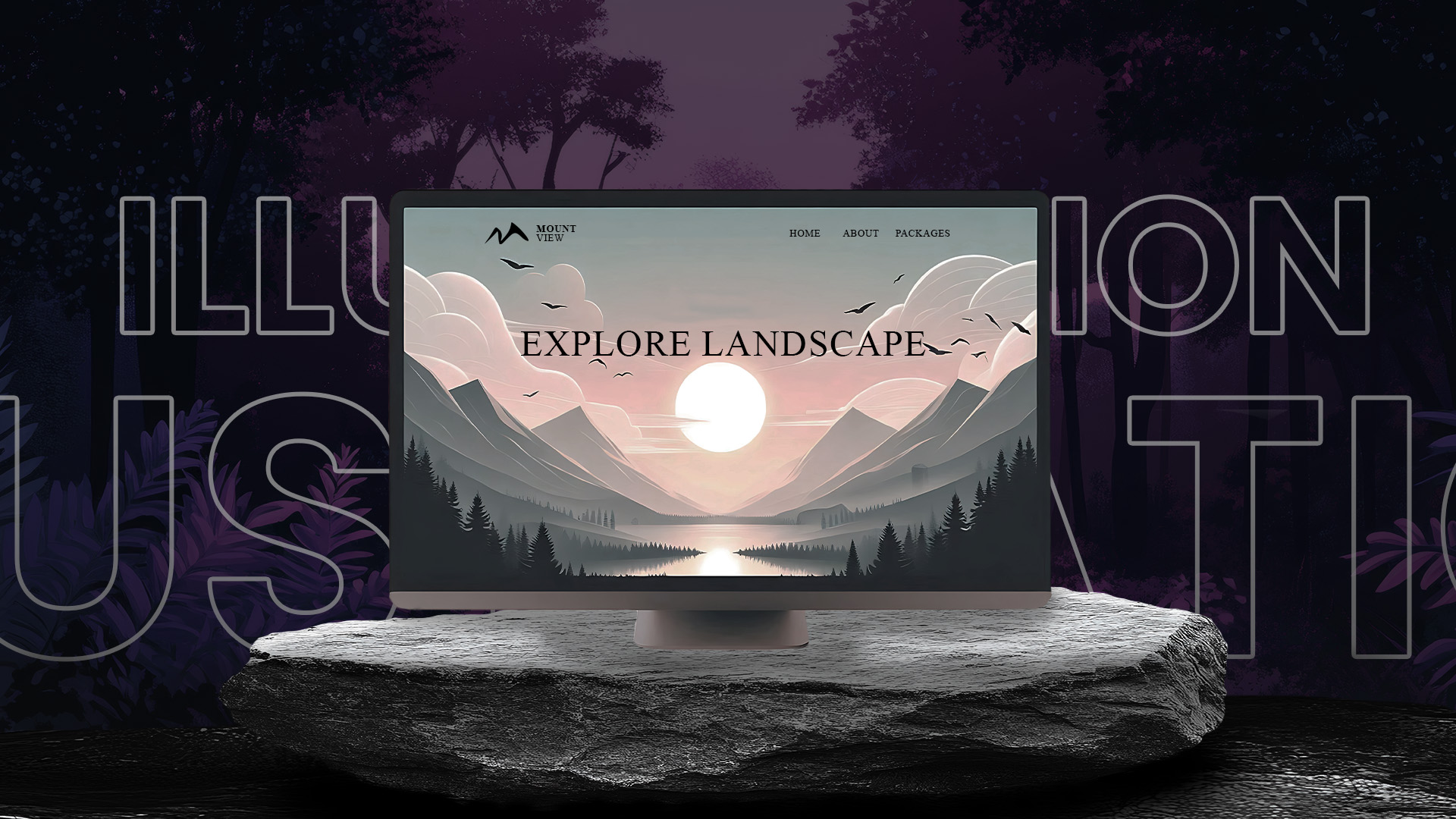If you think good design is expensive, you should look at the cost of bad design.
Introduction
Imagine opening a website on your phone, and it’s a jumbled mess of tiny text, half-hidden buttons, and images that don’t fit the screen. Frustrating, right? This is where responsive web design comes in—it’s a design approach that ensures your site looks and works great on any device, whether it’s a laptop, tablet, or phone. But responsive design isn’t just about looking good; it’s also a key factor in both user experience (UX) and SEO. Let’s explore why responsive web design is a non-negotiable in today’s digital landscape.
1. Seamless User Experience Across Devices
Responsive design means that your website layout adjusts automatically to fit different screen sizes. Users don’t have to pinch, zoom, or scroll horizontally to find what they need. It creates a seamless experience, allowing visitors to easily navigate your site no matter the device they’re using. Happy users tend to stick around longer, explore more pages, and return more often—a win for both user experience and your business.


2. Improved SEO Rankings
Google loves a responsive website. In fact, it’s a key factor in Google’s mobile-first indexing, meaning that Google predominantly uses the mobile version of your site for ranking. So if your site doesn’t perform well on mobile, it could negatively impact your search engine rankings. With responsive design, you’re not just pleasing visitors—you’re also boosting your SEO efforts and potentially climbing up those search results.

3. Lower Bounce Rates and Higher Engagement
When users land on a website that looks and functions well, they’re more likely to stay and engage with your content. But if a site is difficult to navigate on their device, they’ll likely “bounce” off, affecting your engagement metrics. Responsive design reduces bounce rates, helping you retain visitors and increase the chances they’ll take action—whether it’s signing up for a newsletter, browsing products, or making a purchase.

4. Consistent Brand Experience
Imagine visiting a brand’s website on your laptop, loving the design, and then opening it on your phone only to find a totally different, messy layout. It’s disappointing and, for users, inconsistent. Responsive design ensures your brand’s look and feel is consistent across all devices, which builds trust and a stronger connection with your audience. People should know they’re on your site, no matter the screen size.
5. Cost and Maintenance Efficiency
Without responsive design, you’d need separate versions of your site for desktop and mobile, doubling the work for updates and maintenance. With one responsive site, changes automatically apply to all screen sizes, saving you time and money. Plus, it’s easier to keep your content updated and ensure your brand messaging remains consistent.

Conclusion: A Smart Move for SEO and UX
Responsive web design isn’t just a trend—it’s a powerful way to keep your users happy and boost your SEO at the same time. By creating a seamless, consistent experience for visitors on any device, you’re not only improving usability but also helping your site rank better on search engines. Whether you’re a business, a creative, or an entrepreneur, a responsive site is key to staying relevant and accessible in the digital world.
And if you’re ready to make your website shine on every screen, we’re here to help with our digital solutions. Let’s create a responsive, engaging site that reflects your brand and reaches a wider audience!



